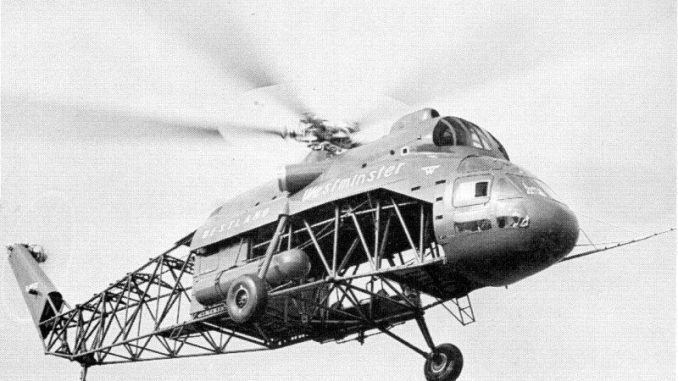
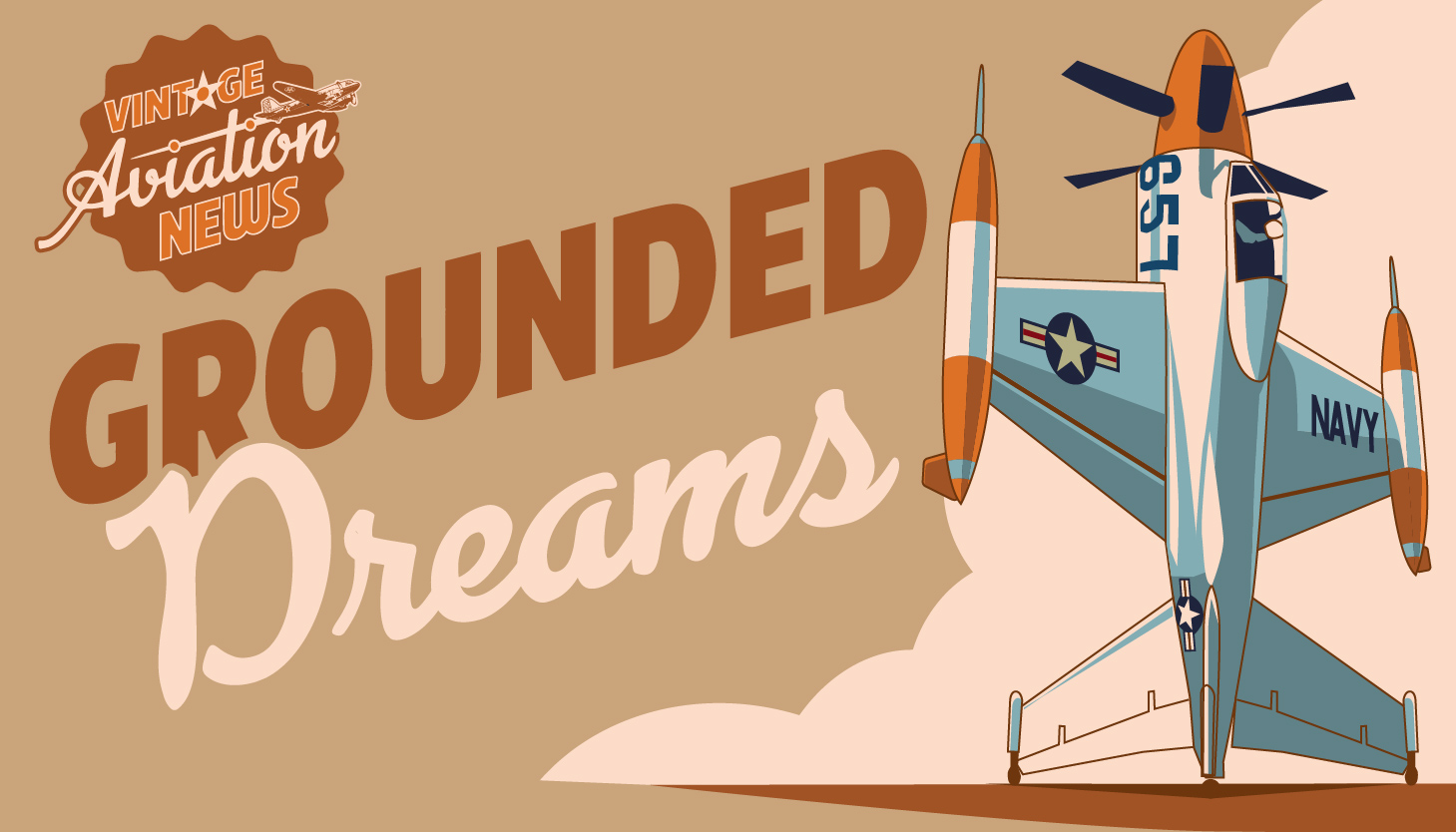
The Westland Westminster was a notable British helicopter project of the 1950s, developed by Westland Aircraft. This innovative aircraft was designed as a heavy-lift helicopter, powered by two turboshaft engines that drove a single, five-bladed rotor. Over time, the design evolved to feature an enclosed fabric-covered airframe, though it began as a bare metal structure. Despite its ambitious nature, the Westminster project faced significant challenges, ultimately resulting in its cancellation. Westland Aircraft was forced to make this decision after acquiring several competing helicopter manufacturers, which led to the prioritization of more advanced projects.
Origins and Design
Westland Aircraft embarked on the Westminster project as part of its efforts to develop a gas-turbine-powered heavy-lift helicopter, a groundbreaking concept for the era. During the 1950s, the company explored various projects, including the ambitious W.90, a troop transport helicopter with a capacity for 450 passengers, powered by turbojet engines at the rotor tips. Although the W.90 never came to fruition, Westland continued its pursuit of large cargo helicopters, driven by the need to modernize helicopter technology for both civilian and military use. In 1954, Westland pursued a licensing agreement to manufacture the Sikorsky S-56 helicopter for the civil market, modifying it with turboshaft engines. Although the British Ministry of Supply did not provide financial support, Westland pressed forward, signing an agreement with Sikorsky to use their advanced five-bladed rotor and other key systems. This decision laid the groundwork for the Westminster’s development.
The Westminster was initially envisioned in two versions: a short-range civil transport capable of carrying 40 passengers and a flying crane variant with a load capacity of 15,000 pounds. The first prototype, constructed with a minimalist approach to save costs, used a steel space frame with off-the-shelf components from other aircraft such as the Westland Whirlwind and the Bristol Freighter. After extensive ground testing, this prototype took its first flight on June 15, 1958. However, early testing revealed significant issues with vibration, prompting modifications in the second prototype, which included a six-bladed rotor from the Sikorsky S-64 Skycrane.
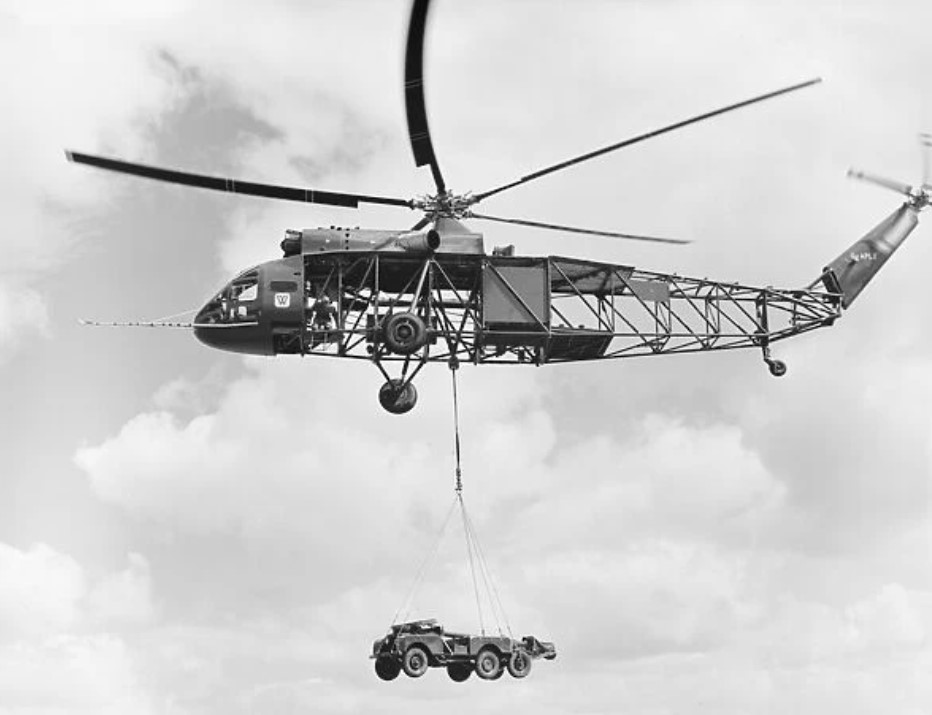
Flight Testing and Challenges
The second Westminster prototype underwent construction after improving on the first prototype setbacks and flew for the first time on September 5, 1959, and further flight testing continued. Soon the Westminster became a promising design with potential for both military and civilian applications. Unlike the first prototype, the second one faced no cost-cutting and featured a streamlined wooden fuselage covered in Terylene fabric. The new fabric design made the fuselage not only lighter but also more aerodynamic than its previous variant. However, unfortunately, by this time, Westland Aircraft had taken over several other British helicopter manufacturers, including Saunders-Roe, Bristol, and Fairey, leading to internal competition within the company. Westland’s new acquisitions included rival helicopter projects such as the Bristol Type 192 Belvedere and the Fairey Rotodyne, both of which threatened Westminster’s future.
While the Westminster had potential, the Rotodyne, a government-funded gyrodyne, was already in an advanced stage of development. As a result, Westland decided to cease work on the Westminster project in September 1960, focusing its resources on more promising designs. The two existing Westminster prototypes were dismantled, with parts sent back to the United States to avoid import duties. Despite the Westminster’s cancellation, it marked an important step in Westland’s pursuit of large, turbine-powered helicopters, paving the way for future designs like the successful Westland Wessex.
Specifications and Performance
The Westland Westminster showcased impressive design specifications, particularly for a helicopter of its time. It had a crew capacity of two, with space for two additional observers, and was designed to carry up to 40 passengers. The aircraft measured 89 feet 9 inches in total length, with a fuselage of 71 feet 4 inches and a height of 21 feet 1 inch, giving it a substantial structure. The formidable heavy-lift helicopter had an empty weight of 21,245 pounds and a gross weight of 33,000 pounds, keeping up to its name.
Powering the Westminster were two Napier E220 Eland turboshaft engines, each producing 2,920 horsepower. These engines allowed the helicopter to reach a top speed of 155 mph, with a cruising speed of 115 mph. The aircraft had an estimated range of 120 miles, and the main rotor spanned 72 feet in diameter, giving the helicopter a rotor area of over 4,000 square feet. Though the Westminster never entered mass production, it remains a fascinating example of mid-century British aerospace engineering.
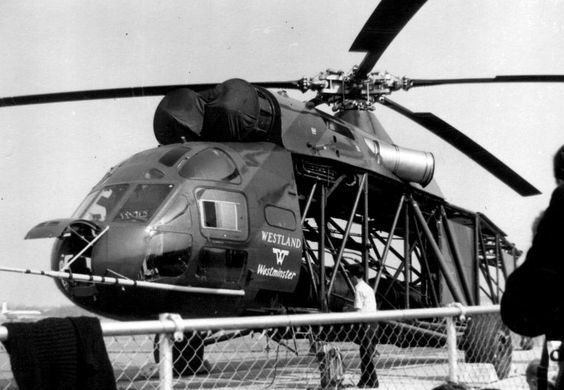
The Heavy Lifter’s End
The Westland Westminster was a bold attempt by Westland Aircraft to create a heavy-lift helicopter capable of both civilian and military applications. Although the project was ultimately cut short due to internal competition and changing industry priorities, it played an important role in the evolution of helicopter design during the 1950s. Today, the Westminster is remembered as a symbol of Westland’s innovation during a period of significant transformation in British aerospace engineering.
Throughout aviation history, countless aircraft designs have sparked the imagination of engineers, pilots, and aviation enthusiasts. Many of these innovative concepts, however, never made it past the drawing board or prototype stage. “Grounded Dreams: The Story of Canceled Aircraft” delves into the fascinating world of these ambitious projects that, for various reasons, were never fully realized. From groundbreaking technological advancements to strategic missteps, this exploration uncovers the stories behind the aircraft that promised to revolutionize the skies but were ultimately grounded before they could take flight. Join us as we journey through the highs and lows of aviation history, spotlighting the aircraft that could have changed the course of aeronautical progress had their dreams not been deferred. Check our previous entries HERE.
Related Articles
"Haritima Maurya, pen name, ""Another Stardust,"" has been passionate about writing since her school days and later began sharing her work online in 2019. She was drawn to writing because of her love for reading, being starstruck by the art of expression and how someone can make you see and feel things exclusive to their experience. She wanted to be able to do that herself and share her mind with world cause she believes while we co exist in this beautiful world least we can do is share our little worlds within.
As a commercial pilot, Haritima balances her passion for aviation with her love for storytelling. She believes that, much like flying, writing offers a perspective beyond the ordinary, offering a bridge between individual experiences and collective understanding.
Through her work, ""Another Stardust"" aims to capture the nuances of life, giving voice to moments that resonate universally. "


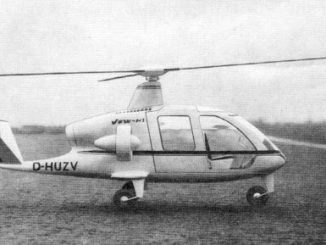
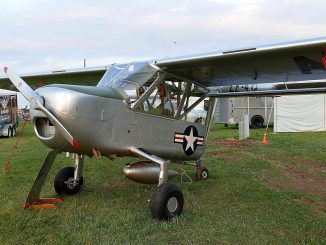
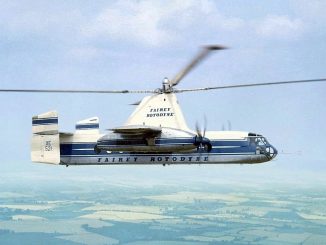
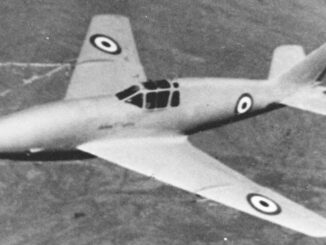


Be the first to comment
Graphic Design, Branding and Aviation Art